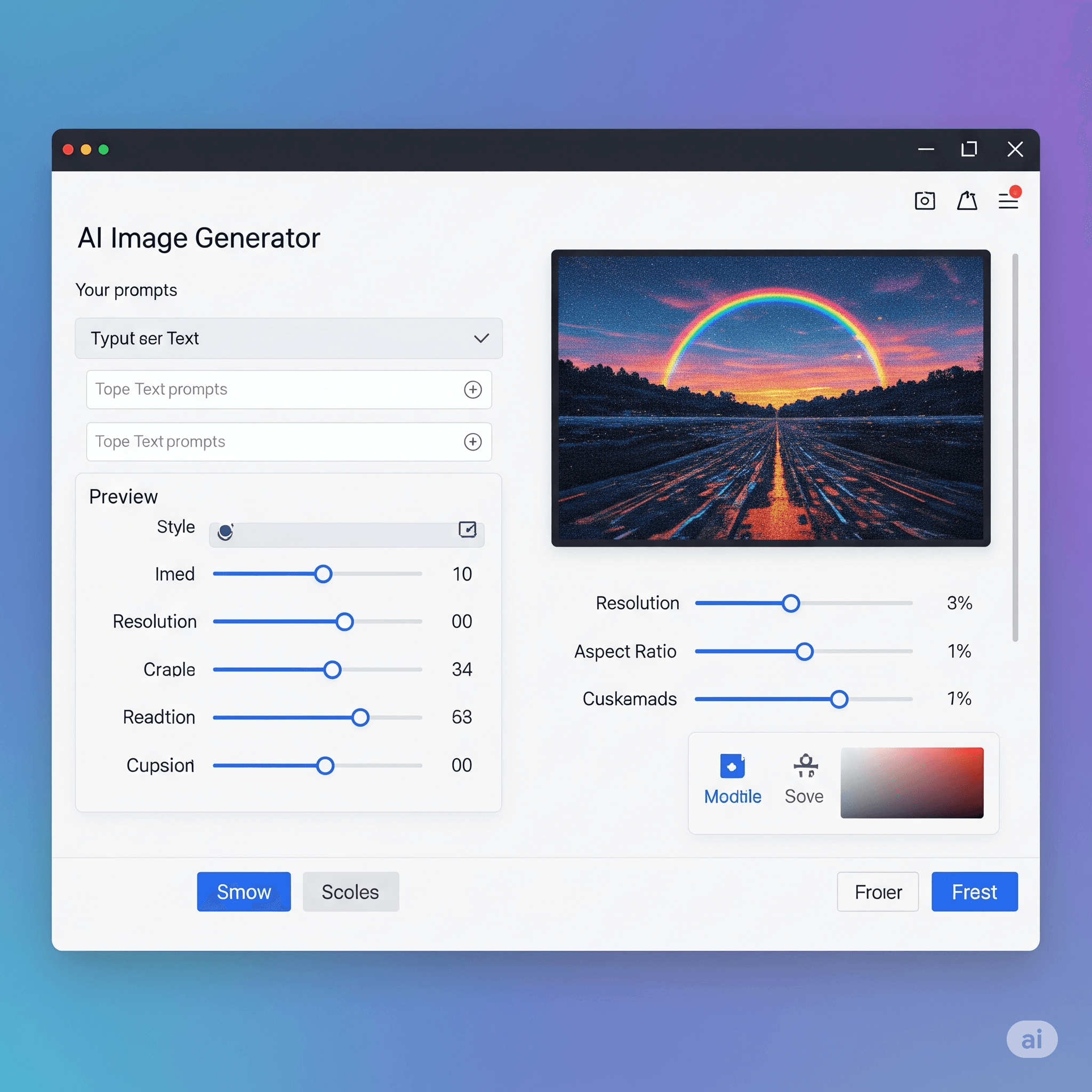Question: The bytes of data being transferred in each connection are numbered by TCP. The numbering starts with a __________________.
Answer:
- The bytes of data being transferred in each connection are numbered by TCP (Transmission Control Protocol). The numbering starts with a random sequence number, which is generated by the sender when the connection is established.
- The sequence number is a 32-bit field in the TCP header that identifies the position of the first byte of data in the segment within the data stream. The sequence number of the first segment is the initial sequence number (ISN), which is randomly generated by the sender and used to synchronize the sequence numbers between the sender and receiver.
- After the ISN is established, each subsequent segment is assigned a sequence number that is the sum of the ISN and the number of bytes of data transmitted so far. The sequence numbers are used by TCP to detect and recover from lost or out-of-order segments and to ensure that the data is delivered to the receiver in the correct order.
- In addition to the sequence number, the TCP header also includes an acknowledgment number (ACK), which is used by the receiver to confirm the receipt of the data and to inform the sender of the next expected sequence number. The ACK number is the sequence number of the next byte of data that the receiver expects to receive.
- Together, the sequence number and ACK number allow TCP to provide reliable data transfer, which means that TCP guarantees that the data sent by the sender is received correctly by the receiver, without any errors or losses, and in the same order as it was sent.
MCQ: The bytes of data being transferred in each connection are numbered by TCP. The numbering starts with a __________________.
Correct Answer:
A. 0
Explanation:
- The bytes of data being transferred in each connection are numbered by TCP (Transmission Control Protocol). The numbering starts with a random sequence number, which is generated by the sender when the connection is established.
- The sequence number is a 32-bit field in the TCP header that identifies the position of the first byte of data in the segment within the data stream. The sequence number of the first segment is the initial sequence number (ISN), which is randomly generated by the sender and used to synchronize the sequence numbers between the sender and receiver.
- After the ISN is established, each subsequent segment is assigned a sequence number that is the sum of the ISN and the number of bytes of data transmitted so far. The sequence numbers are used by TCP to detect and recover from lost or out-of-order segments and to ensure that the data is delivered to the receiver in the correct order.
- In addition to the sequence number, the TCP header also includes an acknowledgment number (ACK), which is used by the receiver to confirm the receipt of the data and to inform the sender of the next expected sequence number. The ACK number is the sequence number of the next byte of data that the receiver expects to receive.
- Together, the sequence number and ACK number allow TCP to provide reliable data transfer, which means that TCP guarantees that the data sent by the sender is received correctly by the receiver, without any errors or losses, and in the same order as it was sent.
Discuss a Question
Related Questions
- 1. In TCP, the sequence number for each segment is the number of the _______ byte (virtual byte) carried in that segment.
- 2. Communication in TCP is ___________.
- 3. In TCP, the value of the acknowledgment field in a sent segment defines the sequence number related to the ______ byte a party expects to receive next.
- 4. The inclusion of the checksum in the TCP segment is ________.
- 5. In TCP, a SYN segment consumes _____ sequence number(s).
- 6. In TCP, a SYN + ACK segment consumes _____ sequence numbers.
- 7. In TCP, an ACK segment, if carrying no data, consumes ______ sequence number(s).
- 8. The connection establishment procedure in TCP is susceptible to a serious security problem called the _________ attack.
- 9. The SYN flooding attack belongs to a group of security attacks known as a _____ attack.
- 10. In TCP, a FIN segment consumes ____ sequence numbers if it does not carry data.
You may be interested in:
Computer Networking MCQs






